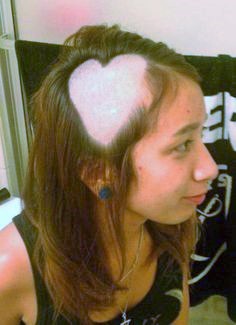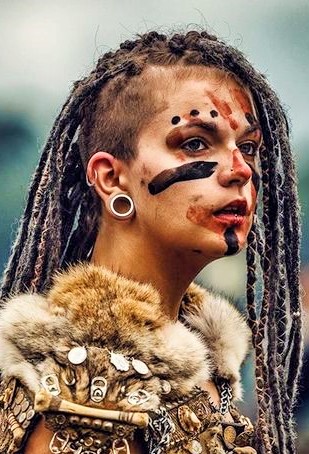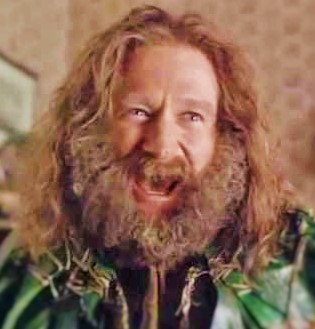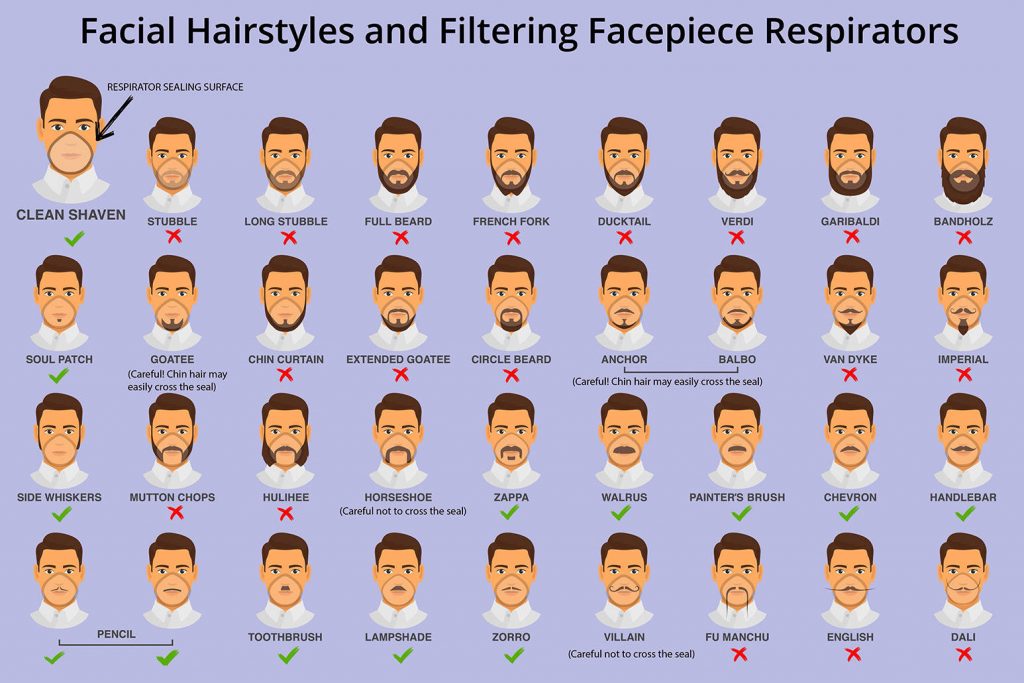
A while back, I posted a blog on hair and what it says about a character—or at least what impression it makes on others. So what can we glean from how a person (or character) deals with hair now that beauticians and barbers are deemed “nonessential”?


As best I can tell, there is a big divide in hair care priority between those who are deemed essential in jobs that require working onsite and those who are staying home. The former are under more pressure to keep up appearances. But both groups include essentially three subgroups: those who are happy to let it all flow, those who try to recreate professional techniques on their own, and those who create entirely new styles to fit the situation.
Go With the Flow
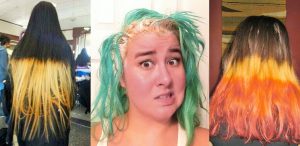
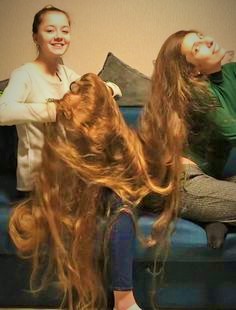
Theses people are doing nothing beyond washing and brushing their hair. The result may be tri-color—for example, dark chestnut coming in, the remnants of highlights, and gray in front or at the temples. Such people may resort to caps or scarves. Over time, ponytails, braids, barrettes, bands, and ties come in handy. And think wigs! They can be ordered online.
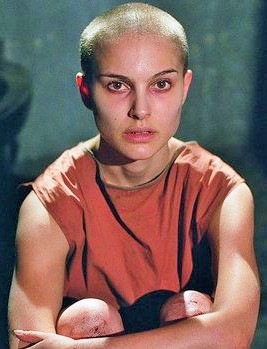
Some would claim this choice is tougher for a man to carry off, to the extent that many men are simply shaving their heads. Women are less likely to choose this option.
Choosing to do nothing is sometimes characterized as “giving my hair a break” from chemical treatments and elaborate coiffures.
DIY
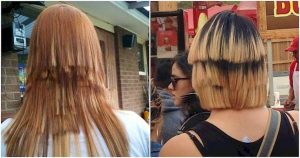
Technically, shaving one’s head might be a form of DIY for people who hadn’t already adopted that look. A close alternative is men who have their spouses or partner’s cut their hair, even if they have never cut hair before. Some women opt for this option as well
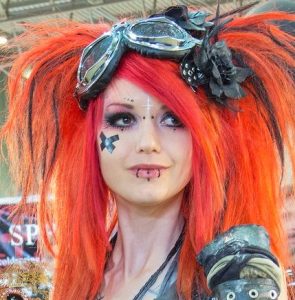
Some women are cutting their own hair—definitely easier with some styles than others.

But not all households have the basic equipment—hair scissors, clippers, a mirror that allows a steady view of the back of the head. In such situations, what are the alternatives? Think kitchen shears, pinking shears, nail scissors, and safety razors.
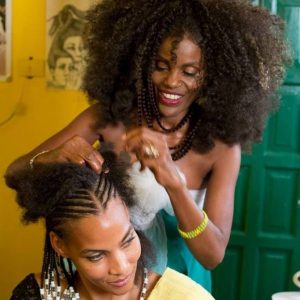
Those who color their hair have denuded the shelves of supermarkets and drug stores of home dye. Professionals strongly recommend against DIY color, saying one may severely damage one’s hair. But, hey, it’s only hair. It’ll grow back, right?
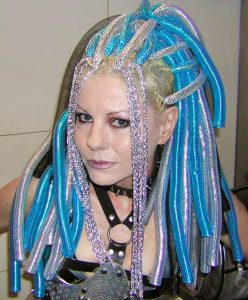
A friend suggested to me that I could color the tips of my hair with red food coloring. She said that my hair is so short, it would be cut off soon. It reminds me that when I was in seventh grade a redheaded friend and I experimented with food coloring. She chose green and I chose blue. We (erroneously) thought it would wash right out. So, no red tips. But blue to match my eyes? Maybe.
And that reminds me: so-called temporary hair color is permanent if you have previously had your hair lightened.

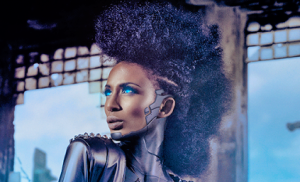
DIY may be exceptionally difficult for Black women. The importance of hair care has resulted in a massive industry, worth $2.5 billion at least, including chemical relaxers, braiding services, hair pieces, and so forth. Women may feel uncomfortable wearing “natural” hair, and many more are unable to create their customary look from home.
Rebels


These are the people who have decided hair care is essential and therefore defy the stay at home/social distancing injunctions. Either the client goes to the home of her/his hairdresser or the practitioner comes to the home of the client. Both greatly increase the risk of spreading the virus, of course.
Getting Help


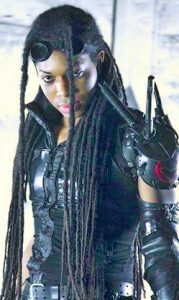
I’m not a YouTube fan, but there are a gazillion (by actual count!) options for videos of home hair care. Recently, salon experts have been posting and advising their clients to take a look. Some salons are delivering professional supplies and equipment to their clients’ homes in sanitized packaging. And some practitioners are setting up video chats with clients to talk them through coloring or braiding their own hair.
Bottom line for writers: How a character responds to the hair care crisis is a clear reflection of personality. Use it!


